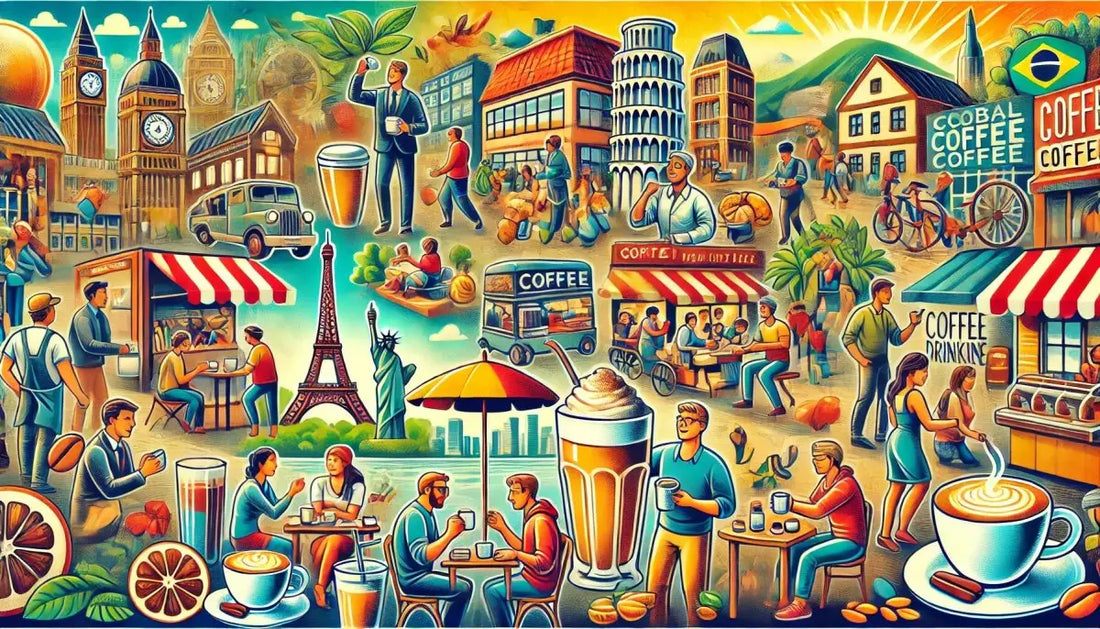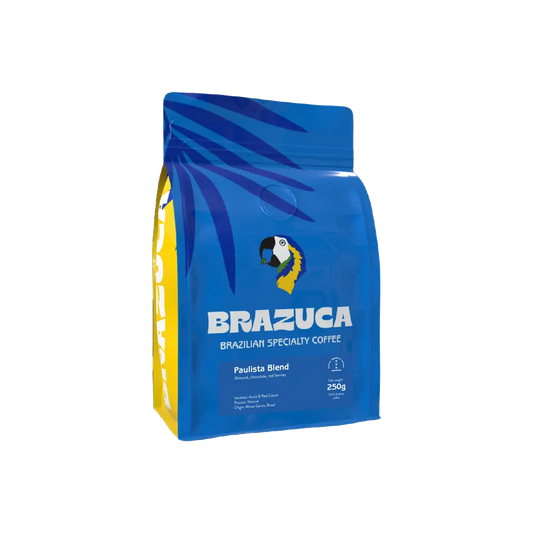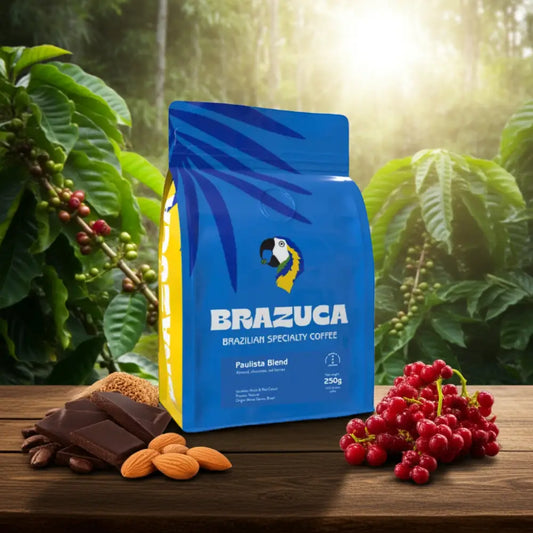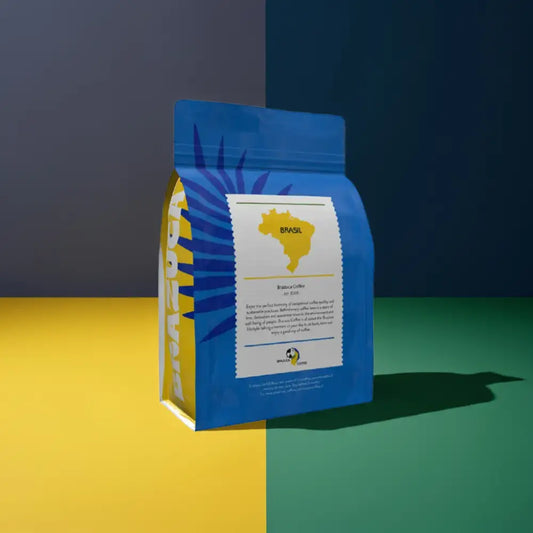
Global Coffee Consumption Trends by Country: Who's Leading the Brew?
Coffee is more than just a drink; it’s a global culture, a daily ritual, and for many, an essential part of life. From the bustling streets of New York to the cozy cafés of Paris, the world’s love affair with coffee continues to grow. But which countries are drinking the most, and how are their coffee habits evolving? Let’s dive into the latest trends and statistics on coffee consumption across the globe.
Top Coffee-Consuming Countries: The Usual Suspects
When it comes to coffee consumption per capita, Scandinavian countries have long dominated the global stage. However, the landscape is shifting, with emerging markets showing significant growth. Here’s a breakdown of coffee consumption in some of the world’s top coffee-loving nations.
It’s no surprise that Finland tops the list. The average Finn consumes about 12 kg (26 lbs) of coffee per year, which equals approximately four cups per person per day! Coffee breaks are deeply embedded in Finnish culture, with "kahvitauko" (coffee break) even being a legal right for employees in many workplaces.
Norway follows Finland closely, with about 9.9 kg (22 lbs) of coffee consumed per person annually. Coffee is a staple in Norwegian homes and social gatherings, and it’s common for people to drink coffee several times a day, often black and strong.
Iceland and Denmark consume approximately 9 kg (19-20 lbs) of coffee per capita annually. Like their Scandinavian neighbors, coffee in Iceland and Denmark is often enjoyed throughout the day. In Denmark, the concept of "hygge" (a cozy, comfortable atmosphere) is often associated with drinking coffee while relaxing with friends and family.
The Dutch drink about 8.4 kg (18.5 lbs) of coffee per capita. The rise of specialty coffee shops and a growing interest in sustainable coffee production have boosted the Netherlands’ coffee culture. The Dutch also enjoy a variety of brewing methods, from classic drip coffee to modern espresso-based drinks.
North America might not top the charts in per capita consumption, but the sheer volume of coffee consumed is staggering. Americans consume about 4.2 kg (9.2 lbs) of coffee per capita annually, while Canadians enjoy slightly more at around 6.5 kg (14.3 lbs). Coffee-to-go culture is prevalent, with chains like Starbucks and Dunkin’ leading the way, though there’s been a noticeable shift toward artisanal and specialty coffee.
Emerging Coffee Markets: A Surge in Demand
While traditional coffee-drinking nations maintain their dominance, emerging markets in Asia, the Middle East, and Africa are witnessing rapid growth in coffee consumption.
Historically a tea-drinking nation, China is experiencing an unprecedented coffee boom, particularly in urban areas. Starbucks alone has over 6,000 stores in China, and the demand for premium and specialty coffee is rising. The younger generation in China is driving this trend, with coffee increasingly viewed as a lifestyle choice. While per capita consumption is still low compared to the West, China’s coffee market is growing by double digits annually.
South Korea has one of the fastest-growing coffee markets in the world. Coffee consumption has grown rapidly over the past decade, with South Koreans now consuming about 3.7 kg (8 lbs) per capita annually. The country’s café culture is booming, with everything from boutique coffee shops to large chains like Starbucks. Koreans are also increasingly interested in high-quality beans and brewing techniques like pour-over and cold brew.
Brazil is the largest coffee producer in the world, and its coffee consumption is also on the rise. With an annual per capita consumption of about 5.5 kg (12 lbs), Brazilians enjoy a wide variety of coffee drinks, from *cafezinho* (a small, strong cup of coffee) to more elaborate espresso-based drinks. Brazil’s coffee culture is deeply ingrained, and as more of the population gains access to specialty coffee, consumption is expected to rise further.
In countries like Saudi Arabia and the United Arab Emirates, coffee has long been part of the cultural fabric, with traditional Arabic coffee playing a significant role in hospitality. However, modern espresso-based drinks are becoming increasingly popular, particularly among younger consumers. The rise of coffee chains and artisanal cafés is fueling demand in the region, leading to higher consumption levels.
Trends Shaping Global Coffee Consumption
Several trends are shaping the future of coffee consumption worldwide, as preferences evolve and new technologies emerge.
Consumers are becoming more discerning about the quality of their coffee. The demand for single-origin beans, sustainable sourcing, and artisanal roasting is rising globally. Countries like Japan, Australia, and the United States are at the forefront of the specialty coffee movement, with more consumers seeking unique flavors and experiences.
As consumers become more conscious of environmental and ethical concerns, the demand for sustainably sourced coffee has grown. Certifications like Fair Trade, Rainforest Alliance, and Organic are becoming more important to consumers, who want to know that their coffee is produced in an environmentally friendly and socially responsible manner. This trend is particularly strong in Europe, where consumers are increasingly demanding transparency from coffee producers.
Cold brew and ready-to-drink (RTD) coffee beverages are taking the world by storm. These convenient options, popular in the United States and parts of Europe, are growing rapidly in other markets as well. The rise of canned and bottled coffee drinks, especially among younger consumers, reflects a shift toward on-the-go consumption without sacrificing quality.
In response to the growing focus on health and wellness, coffee consumers are increasingly seeking out healthier options. Plant-based milk alternatives like almond, oat, and soy milk have become mainstream in many parts of the world, and the demand for lower-caffeine and decaf options is also growing. Functional coffees, infused with adaptogens, vitamins, or CBD, are gaining popularity, especially in North America.
As sustainability and quality become increasingly important to consumers, we can expect to see more ethical and environmentally conscious coffee choices. Moreover, the rise of new brewing techniques, coffee-based beverages, and a focus on health-conscious alternatives will continue to shape coffee trends worldwide.









